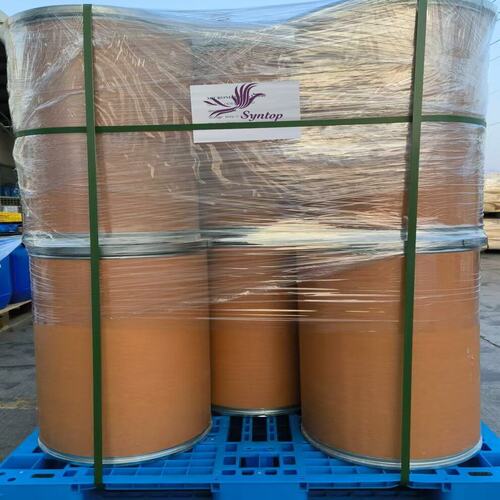| Message: | Micronized wax is a key additive in printing inks, primarily used to enhance surface properties, improve rub resistance, and modify slip & abrasion resistance. Here’s a detailed breakdown of its role, types, and benefits in printing ink formulations:
1. Functions in Printing Inks:
Abrasion & Scratch Resistance: Forms a protective layer on the ink surface, reducing wear during handling.
Slip Improvement: Reduces friction, preventing blocking (sticking) of printed surfaces.
Matting Effect: Can adjust gloss levels (depending on particle size).
Rub Resistance: Prevents ink from smudging during post-printing processes.
Water & Chemical Resistance: Enhances durability in wet or harsh environments.
2. Common Types of Micronized Waxes for Inks:
Polyethylene (PE) Wax: Most widely used; offers excellent rub resistance and slip.
Polypropylene (PP) Wax: Higher hardness, used for tougher abrasion resistance.
PTFE-modified Waxes: Adds exceptional lubricity (e.g., for high-speed printing).
Carnauba Wax (Natural): Used for high-gloss inks and food-contact applications.
Fischer-Tropsch Wax: Synthetic alternative to carnauba with consistent quality.
Paraffin & Microcrystalline Waxes: Lower-cost options for specific applications. |
 my account
my account
 log out
log out
 my account
my account
 log out
log out
